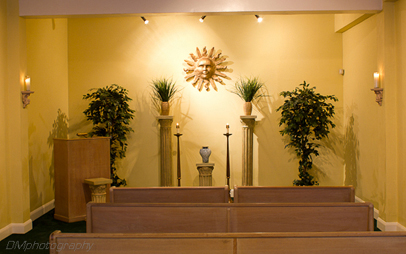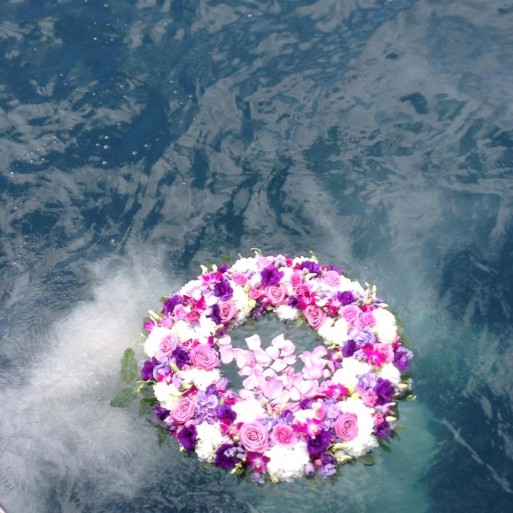Today SevenPonds speaks with Michael Tom at Pacific Interment in Emeryville, California. Pacific Interment is one of the few cremation services in California that offers witnessing. Get the nitty-gritty on cremation from Michael Tom, who oversees cremation at their East Bay crematorium.
Aurora: Tell me about your cremation facility.
Michael: Our crematorium is located in Emeryville, CA, and has been in operation since 1993. We perform 80 cremations a month here between the two cremation machines that we use. We offer both direct cremations as well as witnessed cremations. Those occur when, for religious or personal reasons, family or loved ones wish to be present.
Aurora: What kinds of questions do you get from customers regarding cremation?
Michael: How long does it take? A typical cremation takes between 90 minutes and two hours.
What are cremated remains and why are they so heavy? People think of ashes as wood ash, but cremated remains are calcium and other elements in the body that don’t combust during the cremation process. We place the cremated remains into a machine that pulverizes it into the powder we give back to the family.
How do we know that these cremation remains are the ones of my loved one? Like all crematories, we have a very efficient way of identifying the bodies. Like all crematories, we use special metal tags that stay with the body during the entire crematory process and is turned back to the family in the end.
Why choose cremation over burial? People choose cremation for a number of reasons. One thing to consider is relative expense. It is less expensive than typical burials. Usually, you don’t have to purchase so much as a casket for cremation. The cost of a traditional grave in California is a minimum of thousands, and up to tens of thousands of dollars. You can have traditional services, even a traditional funeral with a viewing, before cremation. Oftentimes, people choose to have a memorial service before or after cremation.
Aurora: How many people choose to take the remains of their loved ones home?
Michael: From my experience, probably about 80% take their ashes home, at least short-term. Where I am here, right on the ocean, a lot of people will scatter the ashes — either through the service we offer here or on their own.
Aurora: How long have you offered cremation witnessing and how many people go for this option?
Michael: We’ve always offered the option to witness. It’s an opportunity for the family members to stand at the cremation retort (and witness) their loved one enter the retort to be cremated. We have a chapel immediately adjacent to the crematory. Maybe five to ten percent choose to witness cremations here. We work with a lot of Buddhist and Hindi communities, where it’s part of their culture. Some people choose to witness the cremation instead of holding a graveside service.
Aurora: What are one or two of your most moving memories with this service?
Michael: Recently, we took care of a woman who lost her partner of many years. After the death occurred at home, she and her friends spent the night drawing and painting on the cremation container and putting special things inside it. After we placed the body in the container, they asked to rearrange the room so that instead of seats facing the podium, a circle would be formed surrounding their loved one. Then they went around sharing memories of her and, one by one, they each left a flower on top of the cremation container. As the cremation began, they said a final prayer.
Aurora: Thanks so much, Michael!
Michael: Thank you, Aurora.

 What is Cremation? An Interview with Michael Tom
What is Cremation? An Interview with Michael Tom




 “Hand to Earth” by Andy Goldsworthy
“Hand to Earth” by Andy Goldsworthy
 Trans Remembrance Project Provides a Community of Grieving
Trans Remembrance Project Provides a Community of Grieving
 Caring for a Dying Loved One? Be Gentle With Yourself.
Caring for a Dying Loved One? Be Gentle With Yourself.














